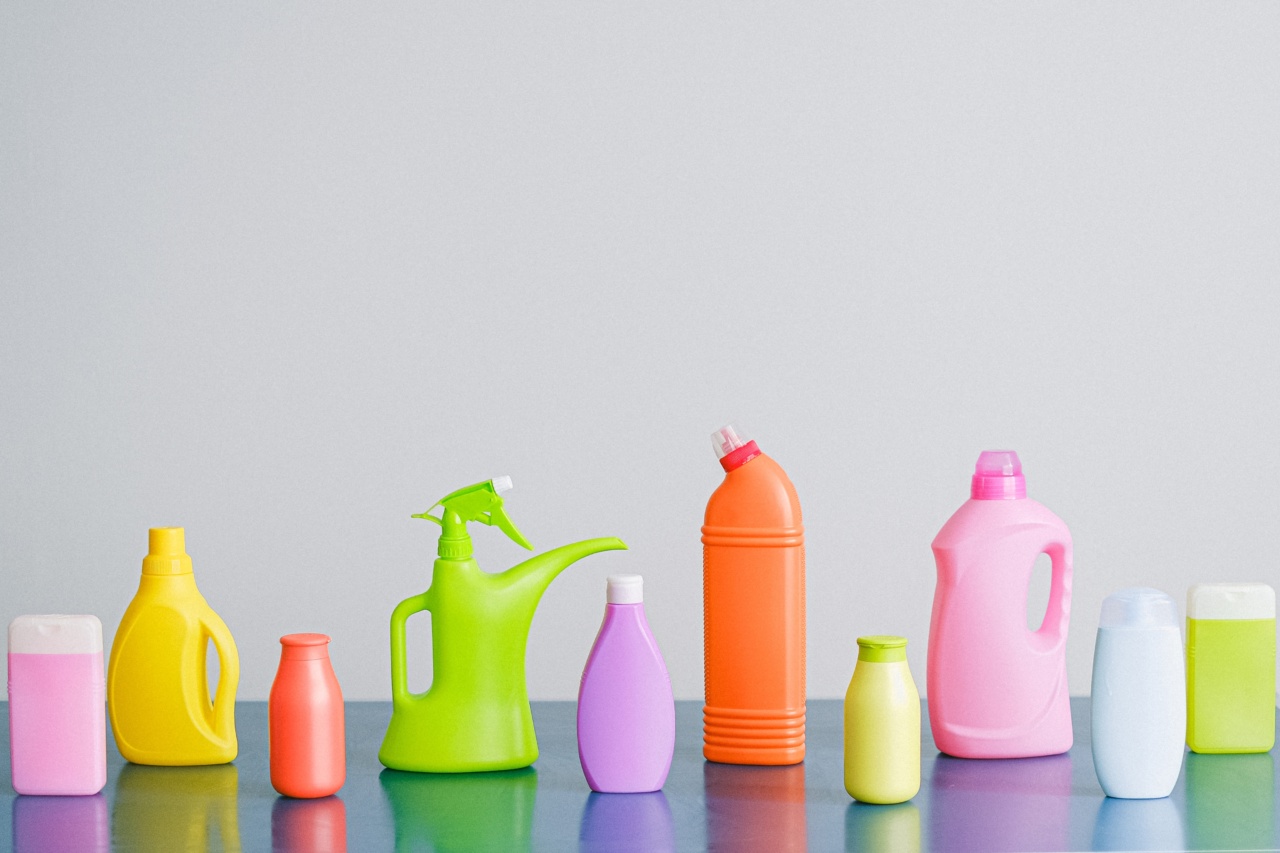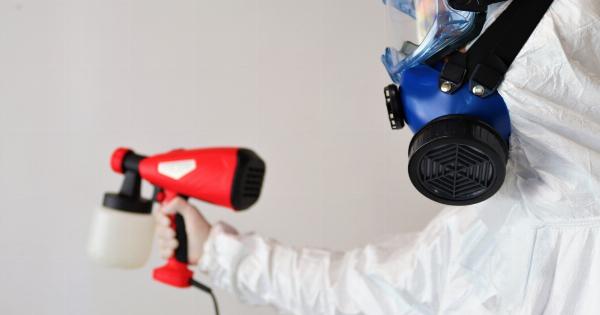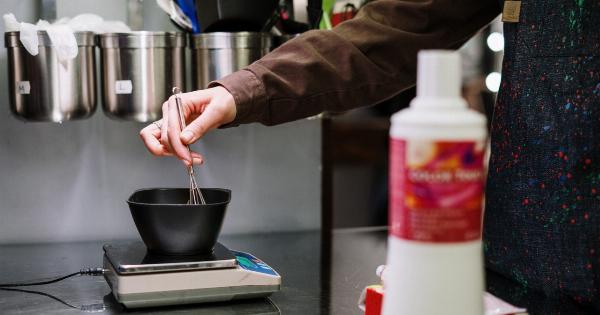Do you often find yourself feeling unwell after spending a few hours in your living room? If so, you’re not alone. Many people experience fatigue, headaches, and other symptoms that seem to be associated with spending time in their homes.
One possible culprit is the chemical composition of your living room.
The Problem with Chemicals in Your Living Room
Over the years, we’ve become more aware of the fact that many of the products we use in our homes contain chemicals that can be harmful to our health.
From cleaning products to furniture to flooring, many of the things we surround ourselves with on a daily basis can emit volatile organic compounds (VOCs). These are chemicals that can escape into the air and affect our health. Exposure to VOCs has been linked to a range of health problems, including:.
- Headaches
- Dizziness
- Nausea
- Fatigue
- Irritation of the eyes, nose, and throat
- Allergic reactions
- Worsening of asthma symptoms
- Long-term exposure to some VOCs has even been linked to cancer and other serious health problems
So, what are some of the culprits in your living room that could be making you sick?.
Furniture
Many furniture products contain formaldehyde, a chemical that can emit VOCs. Formaldehyde is commonly used in furniture as an adhesive, so it’s often found in pressed wood products such as particleboard, plywood, and fiberboard.
It’s also used in some fabrics, such as drapes and upholstery.
To reduce your exposure to formaldehyde, look for furniture that’s made from solid wood or that has been certified as low-VOC. You can also look for furniture that’s been treated with a low-VOC finish.
Carpeting
Carpeting can also emit VOCs, especially if it’s made from synthetic materials such as nylon or polyester. These materials can contain chemicals such as 4-phenylcyclohexene (4-PC), which can cause eye and respiratory irritation.
If you’re concerned about VOCs in your carpeting, look for products that have been certified as low-emitting by organizations such as the Carpet and Rug Institute or Green Label Plus.
Cleaning Products
Many cleaning products contain chemicals such as ammonia, bleach, and phenols, which can emit VOCs. These chemicals can cause eye and respiratory irritation, as well as headaches, dizziness, and nausea.
To reduce your exposure to VOCs from cleaning products, look for products that are labeled as low-VOC or non-toxic. You can also make your own cleaning products using natural ingredients such as vinegar and baking soda.
Air Fresheners
Air fresheners can emit a variety of chemicals, including VOCs such as limonene and formaldehyde. These chemicals can cause respiratory irritation, headaches, and dizziness.
To reduce your exposure to VOCs from air fresheners, look for products that are labeled as low-VOC or non-toxic. You can also use natural alternatives such as essential oils or herbs.
Paint
Paint is a major source of VOCs in the home. Many paints contain solvents that can emit VOCs, and the fumes can linger for days or even weeks after the paint has dried.
To reduce your exposure to VOCs from paint, look for products that are labeled as low-VOC or zero-VOC. These products are widely available and have become more affordable in recent years.
Other Sources of VOCs
Other products that can emit VOCs in the home include:.
- Gas stoves and ovens
- Wood-burning stoves and fireplaces
- Candles
- Personal care products such as hair sprays and perfumes
To reduce your exposure to VOCs from these sources, make sure that your home is well-ventilated. Open windows and use exhaust fans to help remove VOCs from the air.
You can also try using natural alternatives such as beeswax candles or baking soda to absorb odors.
Conclusion
If you’re experiencing symptoms such as headaches, dizziness, or fatigue after spending time in your living room, it could be due to the chemical composition of your home.
By reducing your exposure to VOCs in your home, you can improve your health and well-being. Look for low-VOC or non-toxic products, and make sure your home is well-ventilated to help remove VOCs from the air. With a few simple changes, you can create a healthier living environment for you and your family.































